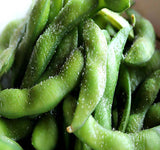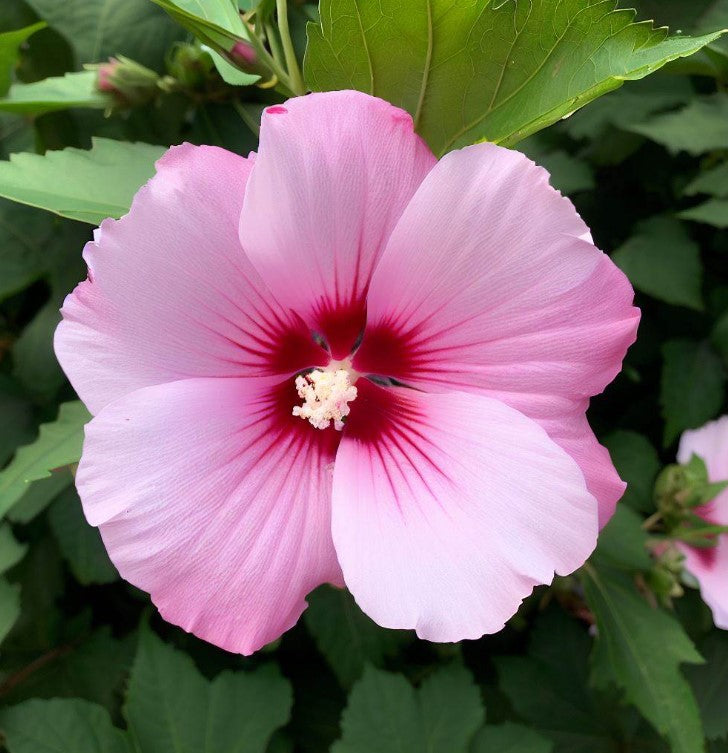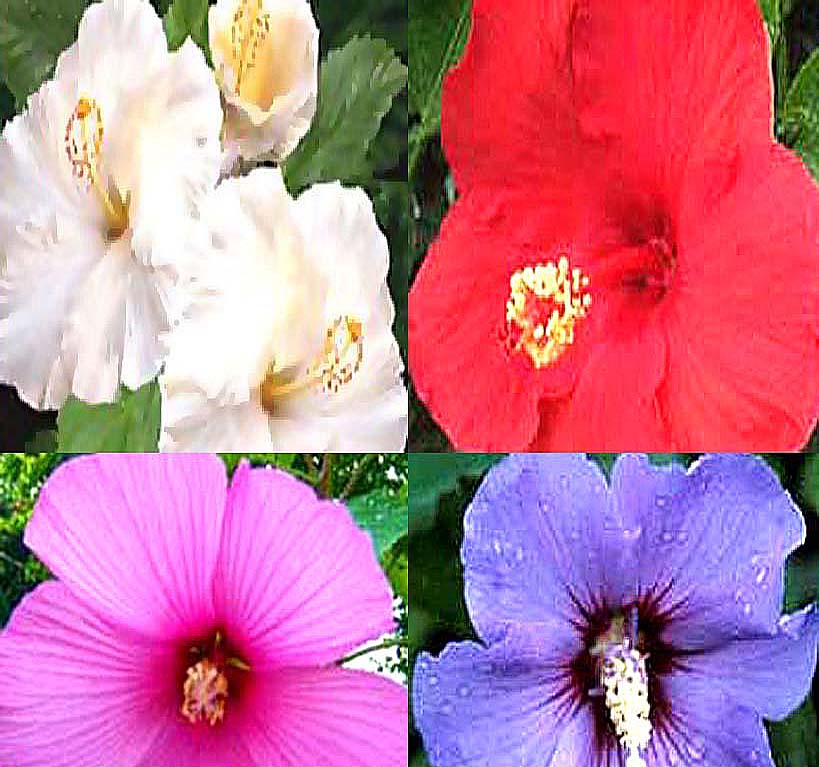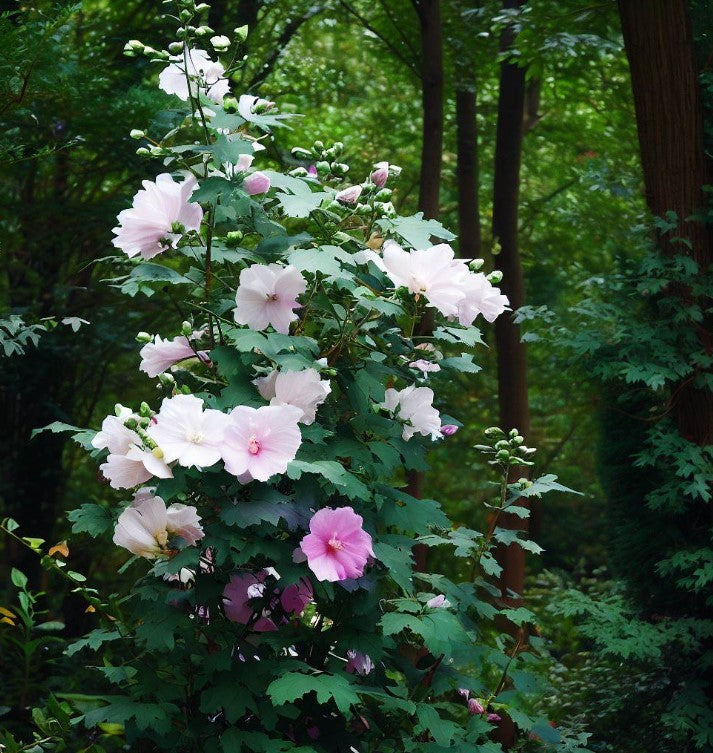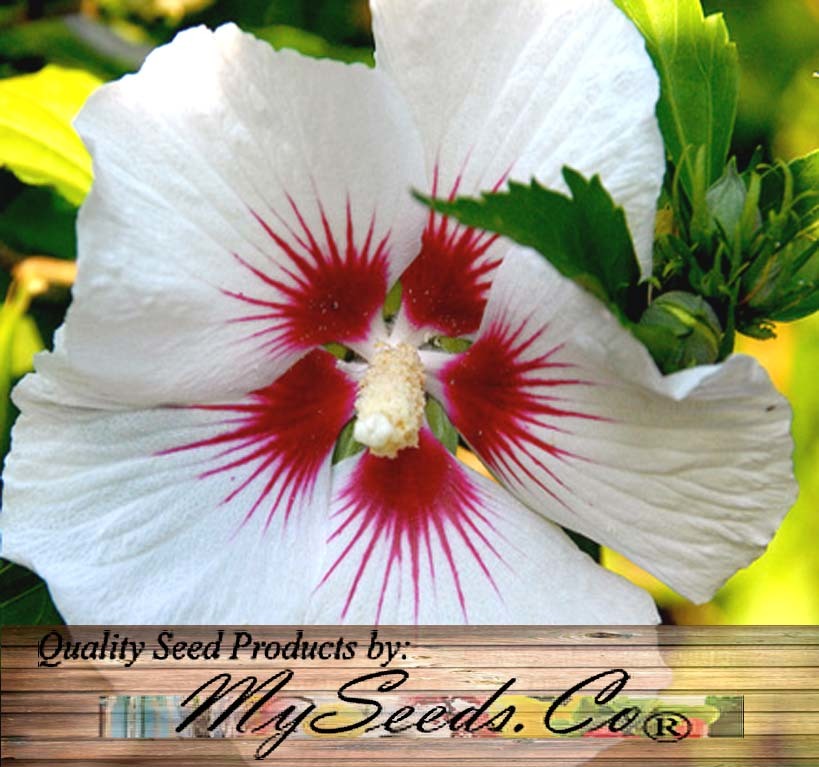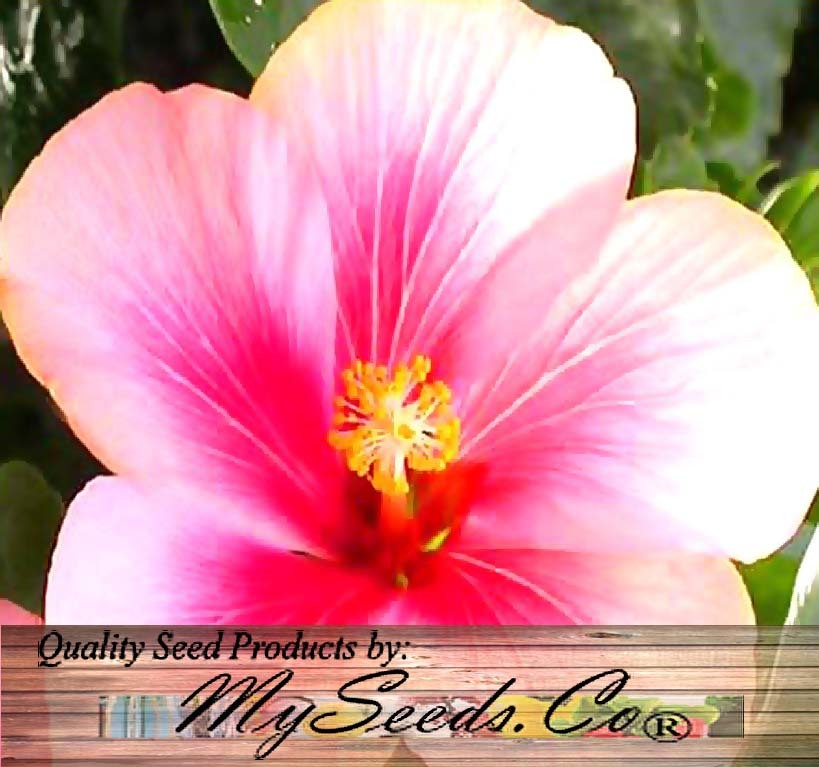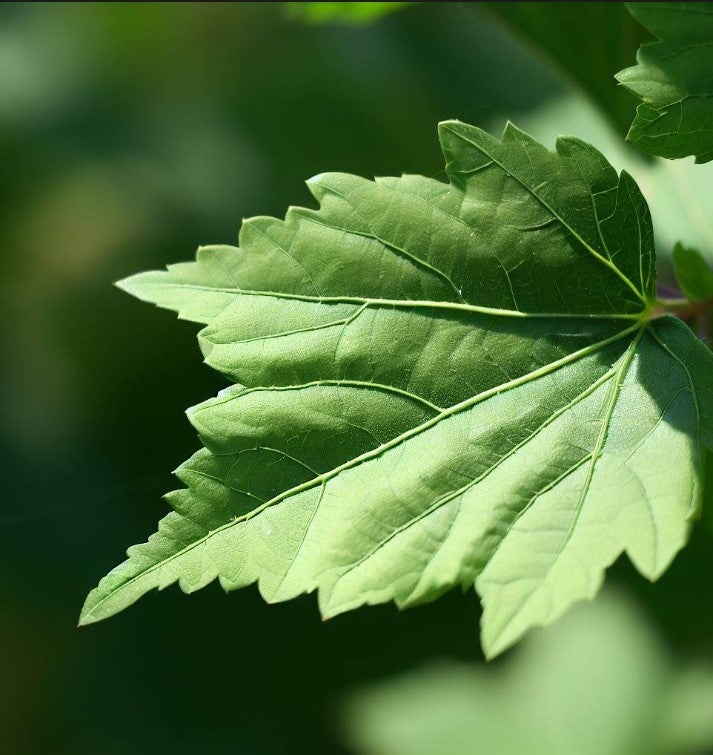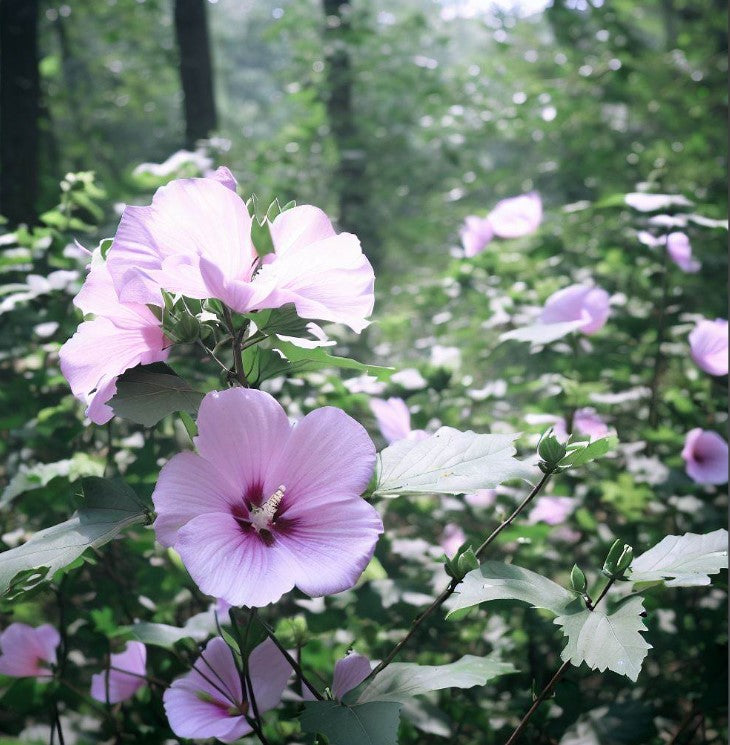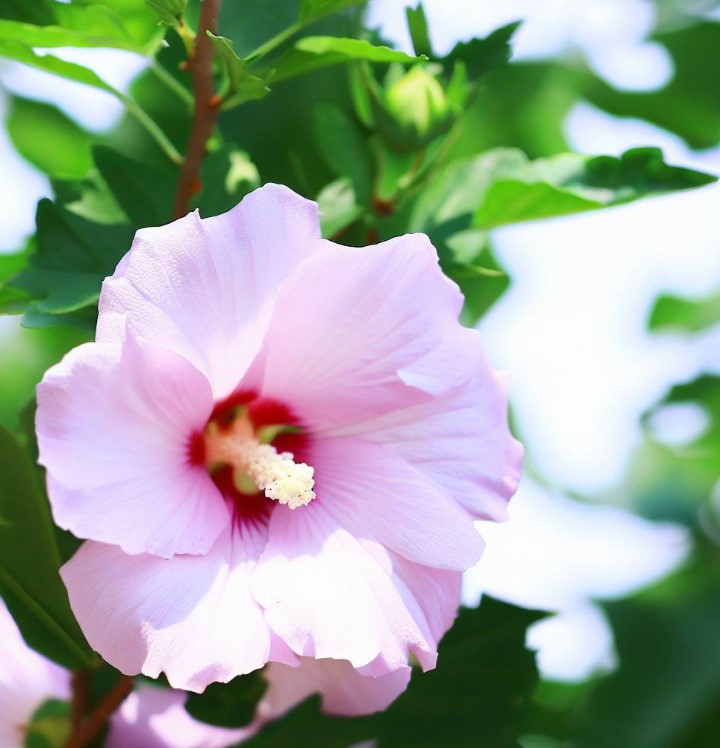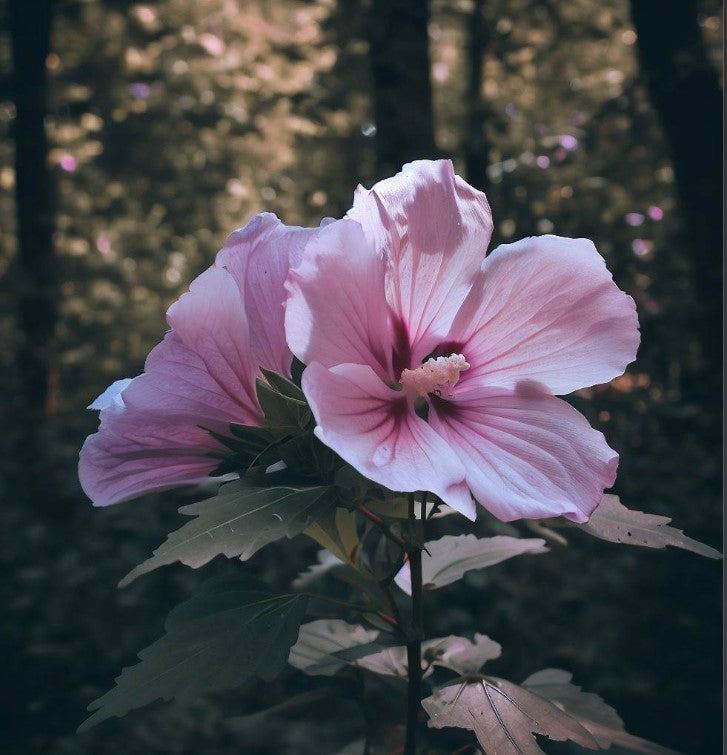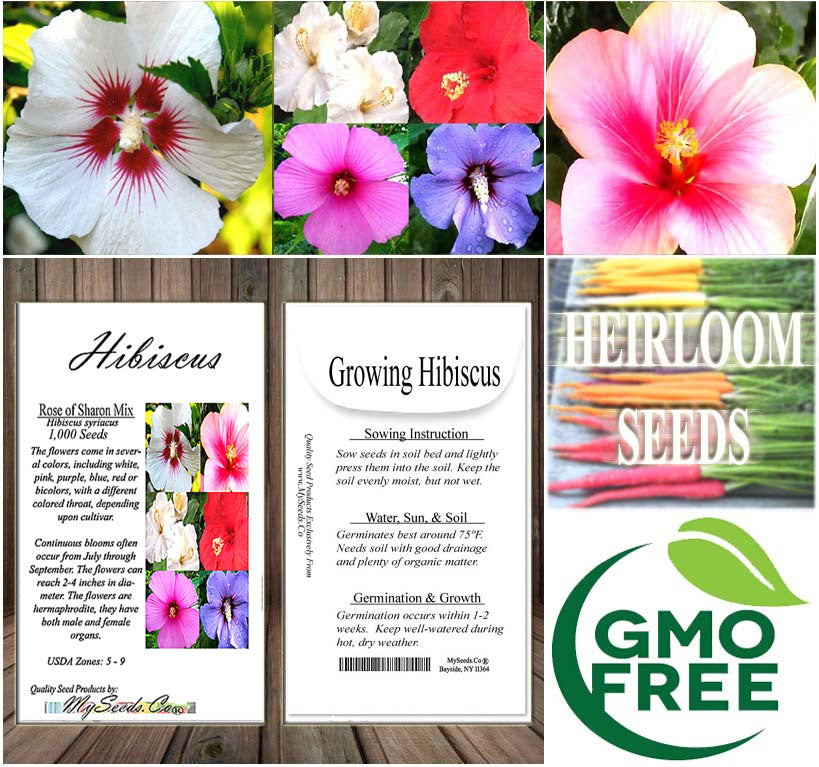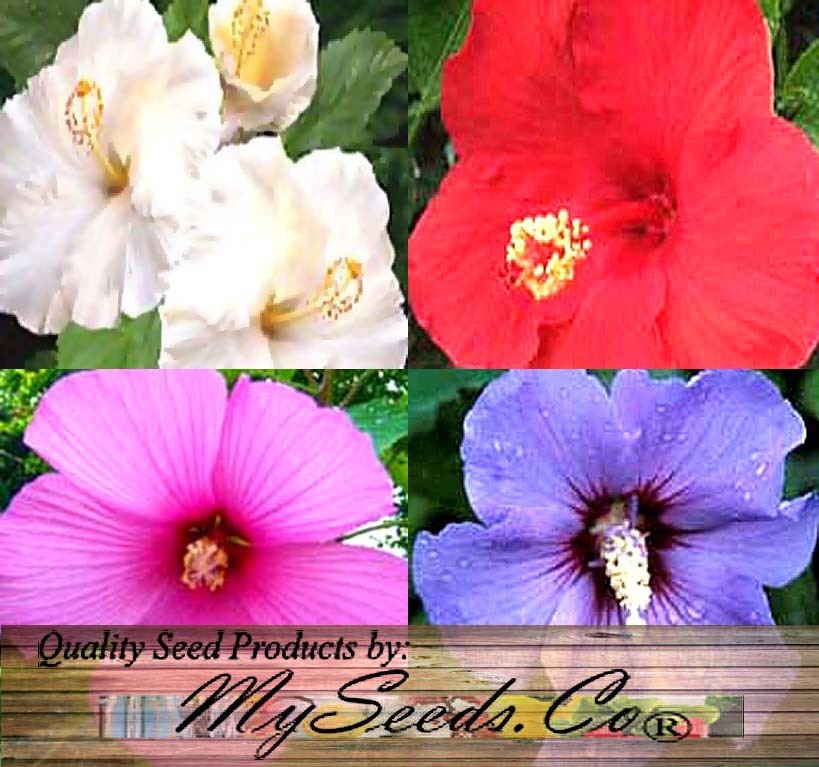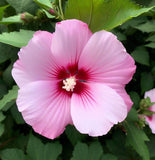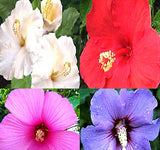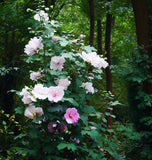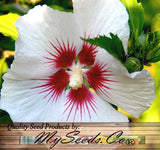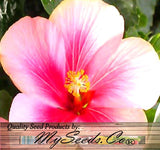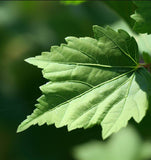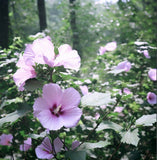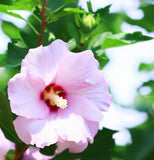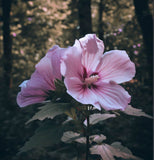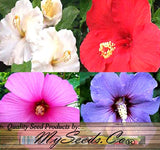Hibiscus syriacus (Rose Of Sharon, Rose Of Althea)
Hibiscus syriacus (Rose Of Sharon, Rose Of Althea) is a flowering shrub belonging to the family Malvaceae. It is native to East Asia, including Korea and China, but has become popular in many regions around the world due to its attractive flowers and adaptability. Rose of Sharon is named after a biblical reference, and it is not related to the true roses (Rosa spp.).
Rose of Sharon is a deciduous shrub that can grow to a height of 2 to 3 meters (6 to 10 feet) or even taller, depending on the cultivar and growing conditions. It has an upright, vase-shaped habit with multiple stems. The leaves are medium green, oval to lance-shaped, and have toothed edges. They provide an attractive backdrop for the flowers and turn yellow in autumn before falling.
The most notable feature of Hibiscus syriacus is its abundant and showy flowers, which appear in mid to late summer and continue into early fall. The flowers are large, typically measuring 8 to 10 centimeters (3 to 4 inches) in diameter. Each flower has five overlapping petals that form a trumpet-like shape. The color of the flowers can vary depending on the cultivar, but common colors include white, pink, lavender, and purple. Some varieties may also have double flowers with extra petals, adding to their ornamental appeal.
Rose of Sharon is a resilient plant that can thrive in a variety of growing conditions. It prefers full sun but can tolerate partial shade. It is adaptable to different soil types, including loam, clay, and sandy soils, as long as they are well-drained. Once established, it is relatively drought-tolerant. This makes it a suitable choice for gardens, borders, hedges, or as a specimen plant.
Pruning can help maintain the shape and size of the shrub and promote better flowering. It is best done in late winter or early spring before new growth begins. Rose of Sharon generally doesn't have major issues with pests or diseases, although aphids and spider mites can sometimes infest the plant.
Rose of Sharon is valued for its long-lasting and eye-catching flowers, which attract butterflies and other pollinators. Its ability to bloom later in the summer when many other plants have finished flowering adds to its appeal. Additionally, it is a low-maintenance shrub that can enhance the visual interest of a garden or landscape.
Overall, Hibiscus syriacus, or Rose of Sharon, is a beautiful and versatile flowering shrub known for its stunning blooms, adaptability, and ease of care.
Botanical Name : Hibiscus syriacus
Common Name : Rose Of Sharon
Height : 6-12 ft
Spread : 4-6 ft
Germination Info : Hard seed coat inhibits germination. Scarify seed and sow. You may mechanically clip or file small lots. Some growers soak seeds in water until they sink to the bottom then sow.
Hardiness zone : 5-9
Average seed per ounce : Approx. 1,200

